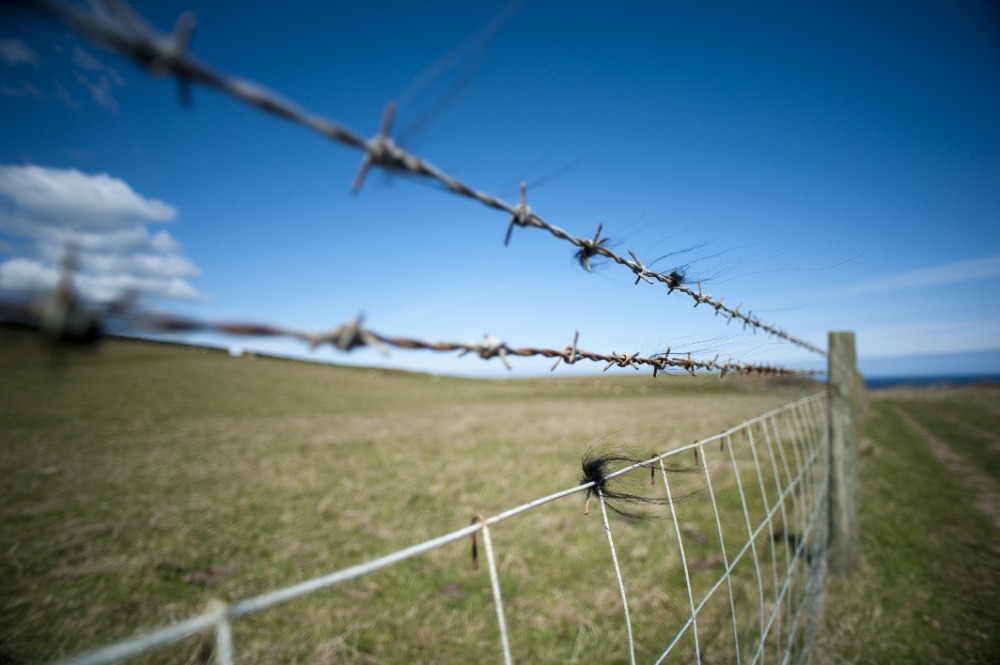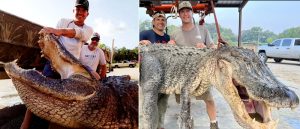AUSTIN — In response to continued positive detections of Chronic Wasting Disease (CWD) in deer breeding facilities, Texas Parks and Wildlife Department (TPWD) has adopted an emergency rule implementing additional movement and testing restrictions for white-tailed deer in deer breeding facilities.
Since June, TPWD has received confirmation of CWD in deer breeding facilities in three counties- Brooks, Frio and Zavala. In 2023 alone, CWD has been detected in nine deer breeding facilities in seven counties. A total of 14 counties have had positive detections since March 2021.
“Since 2021, we have seen an increase in CWD detections from breeder deer at an unprecedented rate,” said John Silovsky, Wildlife Division Director for TPWD. “It’s our hope that these emergency rules will strengthen our surveillance and reduce the number of CWD positive detections across the state.”
This emergency order amends Chapter 31 TAC §65.95, relating to Movement of Breeder Deer. The change requires all breeder deer to be ante-mortem (live-animal) tested for CWD (with a test result of “Not Detected”) before transferring to another deer breeding facility or release site. These changes will be in effect for 120 days but may be extended an additional 60 days.
Additionally, the department has determined that to expedite and facilitate epidemiological investigations, it is necessary to prohibit the removal of identification tags under any circumstance other than allowed by statute. The ability to quickly locate and test breeder deer transferred to a release facility is critical to determining the likelihood of disease transmission.
CWD is a fatal neurological disease found in certain cervids including deer, elk, moose and other members of the deer family. This slow, progressive disease may not produce visible signs in susceptible species for several years after infection. As the irreversible disease process continues, animals with CWD may show changes in behavior and appearance. Clinical signs may include progressive weight loss, stumbling or tremors with a lack of coordination, loss of appetite, teeth grinding, abnormal head posture and/or drooping ears, and excessive thirst, salivation or urination.
Visit TPWD’s recently updated CWD page to find a map of all CWD zones, check stations and positive case tracking. The site also provides answers to frequently asked questions, videos with information from wildlife veterinarians, best management practices for hunters and landowners and review the latest news.




